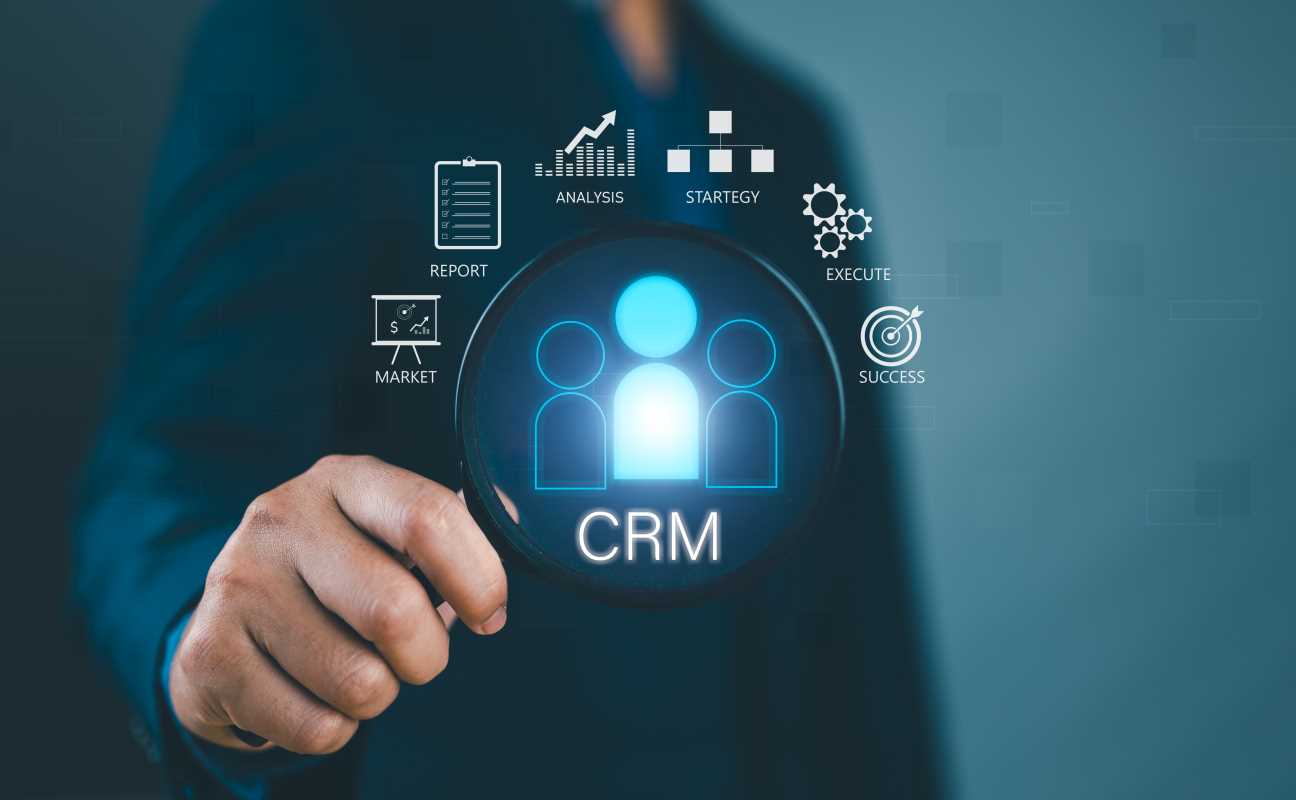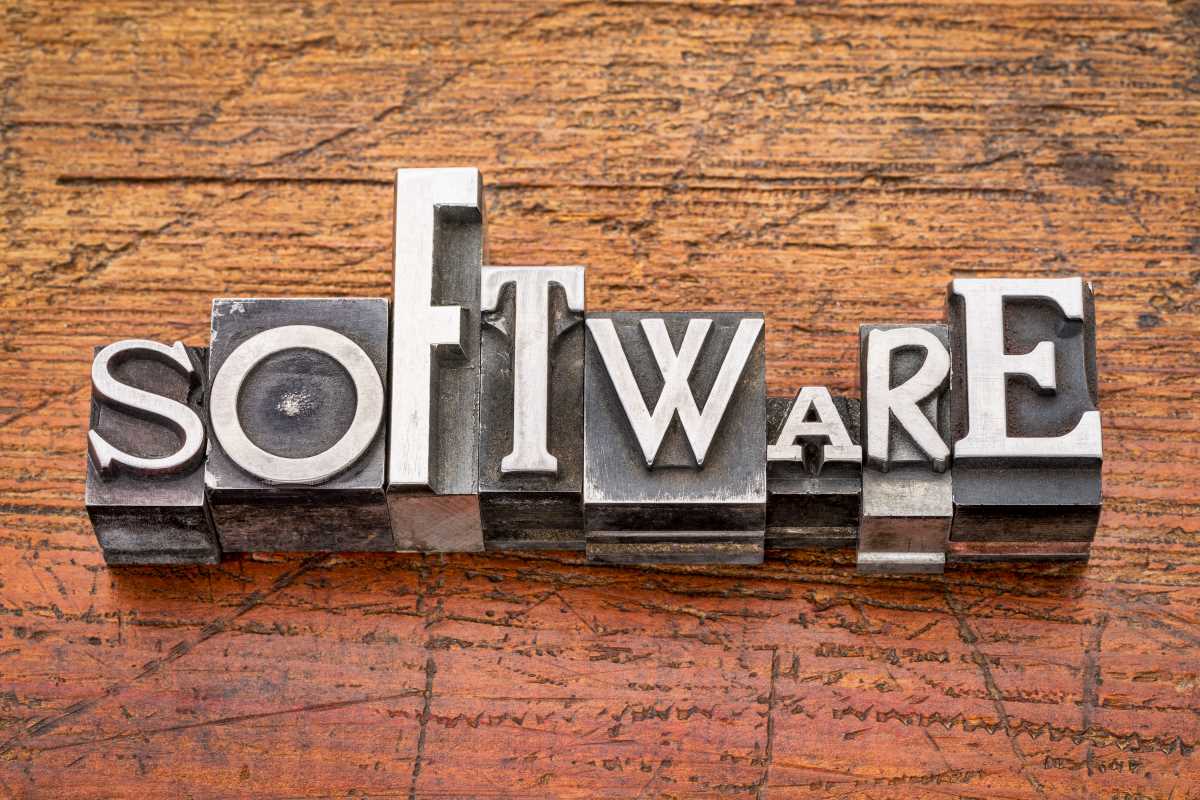Think about your own email inbox for a moment. It's likely a mix of messages from friends, work updates, and a flood of promotional emails from countless brands. Which ones do you actually open? It’s probably not the generic, one-size-fits-all blasts. You're far more likely to click on an email that feels like it was sent specifically to you—one that mentions your name, references a product you were just looking at, or offers a deal on something you frequently buy. This is the magic of email segmentation. It's the practice of dividing your email list into smaller, more targeted groups based on specific criteria. Instead of shouting the same message at everyone, segmentation allows you to whisper a relevant message to the right people at the right time.
What is Email Segmentation?
Email segmentation is the process of breaking down your master email list into smaller sub-groups, or "segments." These segments are created based on shared characteristics, behaviors, or data points. The goal is to move away from mass-emailing and toward sending highly personalized and relevant content to each group.
Imagine you own an online store that sells both dog and cat supplies. Without segmentation, you might send an email about a new line of cat toys to your entire list. The dog owners on your list would likely ignore it, delete it, or even unsubscribe because the message isn't relevant to them.
With segmentation, you could create two primary segments: "Dog Owners" and "Cat Owners." You could then send the cat toy promotion only to the cat owners and a separate email about new dog leashes to the dog owners. The result is a better experience for your subscribers and much better results for your business. This simple example is just the beginning. Modern email segmentation tools allow for incredibly sophisticated strategies that go far beyond basic categories.
Smart Segmentation Strategies You Can Use Today
The possibilities for segmentation are nearly endless, but you don't have to get overly complicated to see great results. Here are some of the most effective and commonly used segmentation strategies.
1. Demographic Segmentation
This is one of the most basic forms of segmentation. It involves grouping subscribers based on objective, factual information.
Examples: Age, gender, location, job title, or income level.
- How it's used: A clothing retailer could send different style recommendations to men and women. A local restaurant could send a special offer only to subscribers living within a five-mile radius.
2. Behavioral Segmentation
This is where segmentation becomes truly powerful. It involves grouping people based on the actions they have taken (or not taken) with your brand.
Examples: Purchase history, website activity, email engagement, or cart abandonment.
How it's used:
- Purchase History: Create a segment of "VIP Customers" who have spent over a certain amount and send them exclusive rewards.
- Website Activity: Segment users who have viewed a specific product category multiple times and send them an email featuring those products.
- Email Engagement: Create a segment of your most engaged subscribers (those who open and click on every email) and send them your best content first. Conversely, create a "re-engagement" campaign for subscribers who haven't opened an email in 90 days.
- Abandoned Cart: This is a classic. Create an automated email to be sent to anyone who adds an item to their cart but doesn't complete the purchase.
3. Psychographic Segmentation
This strategy goes deeper, grouping subscribers based on their interests, values, and lifestyle. This data can often be gathered through surveys or by analyzing the type of content they engage with.
Examples: Hobbies, interests (e.g., "interested in sustainability"), or brand preferences.
- How it's used: A travel company could segment its audience into "Adventure Travelers" and "Luxury Travelers" and send them completely different vacation packages.
4. New Subscriber Segmentation
A new subscriber is at their peak level of interest in your brand. It's critical to make a good first impression.
- How it's used: Create a dedicated "Welcome Series" segment. New subscribers enter this segment and receive a series of automated emails over the first week or two. This series can introduce your brand story, highlight your best products, and offer a special first-purchase discount.
Top Email Segmentation Tools for Businesses
Most modern email marketing platforms have robust segmentation capabilities built-in. The best tool for you will depend on your business type, technical skill, and budget.
Mailchimp
Mailchimp is one of the most popular and user-friendly email marketing platforms, making it a great starting point for small businesses. Its segmentation tools are powerful yet intuitive. You can easily create segments based on a wide range of criteria, including email engagement, purchase activity (if connected to your e-commerce store), and location. Its pre-built segments for things like new subscribers or recent customers make it easy to get started quickly.
HubSpot
HubSpot is an all-in-one CRM, marketing, sales, and service platform. Its biggest advantage is the sheer amount of data it collects in one place. You can create incredibly detailed segments based on a contact's every interaction with your company—from which website pages they've visited to their last conversation with your sales team. Its "Active Lists" feature automatically updates your segments in real-time as contacts meet (or no longer meet) the criteria.
Klaviyo
Klaviyo is a powerhouse for e-commerce businesses. It was built from the ground up to integrate deeply with platforms like Shopify, BigCommerce, and Magento. This allows for extremely sophisticated behavioral segmentation. You can create segments based on what a customer has purchased, how frequently they purchase, how much they've spent, and even what products they are predicted to be interested in next. Its predictive analytics features are a key differentiator.
ActiveCampaign
ActiveCampaign excels at marketing automation and is a favorite among B2B and service-based businesses. It allows you to build complex automated workflows based on user behavior. You can segment users based on how they interact with your emails, which web pages they visit, and tags that you apply manually or automatically. Its combination of segmentation and automation makes it a great tool for nurturing leads through a long sales cycle.
Email segmentation is no longer a "nice-to-have" feature; it's a fundamental requirement for effective email marketing.
 (Image via
(Image via





